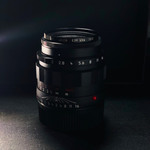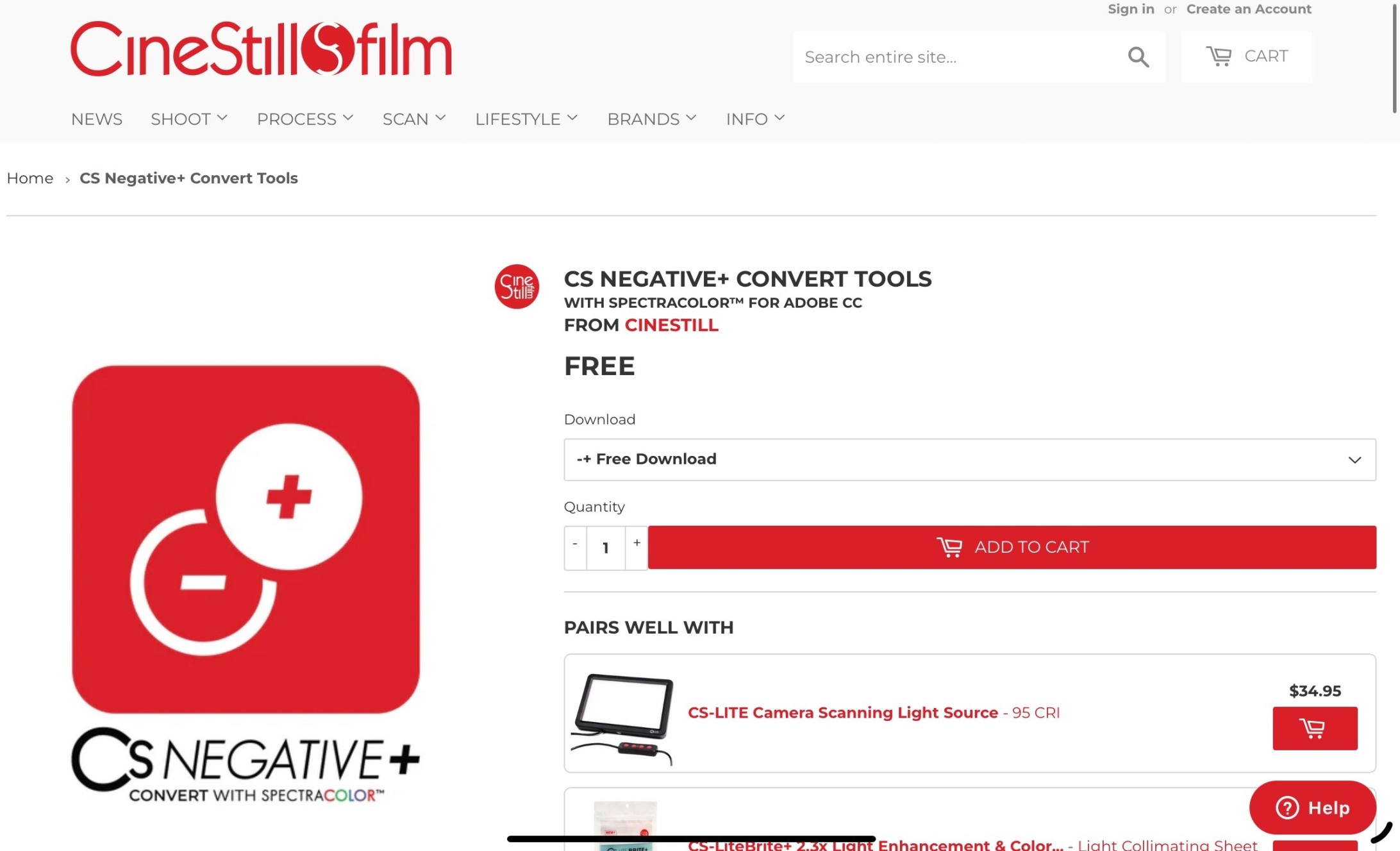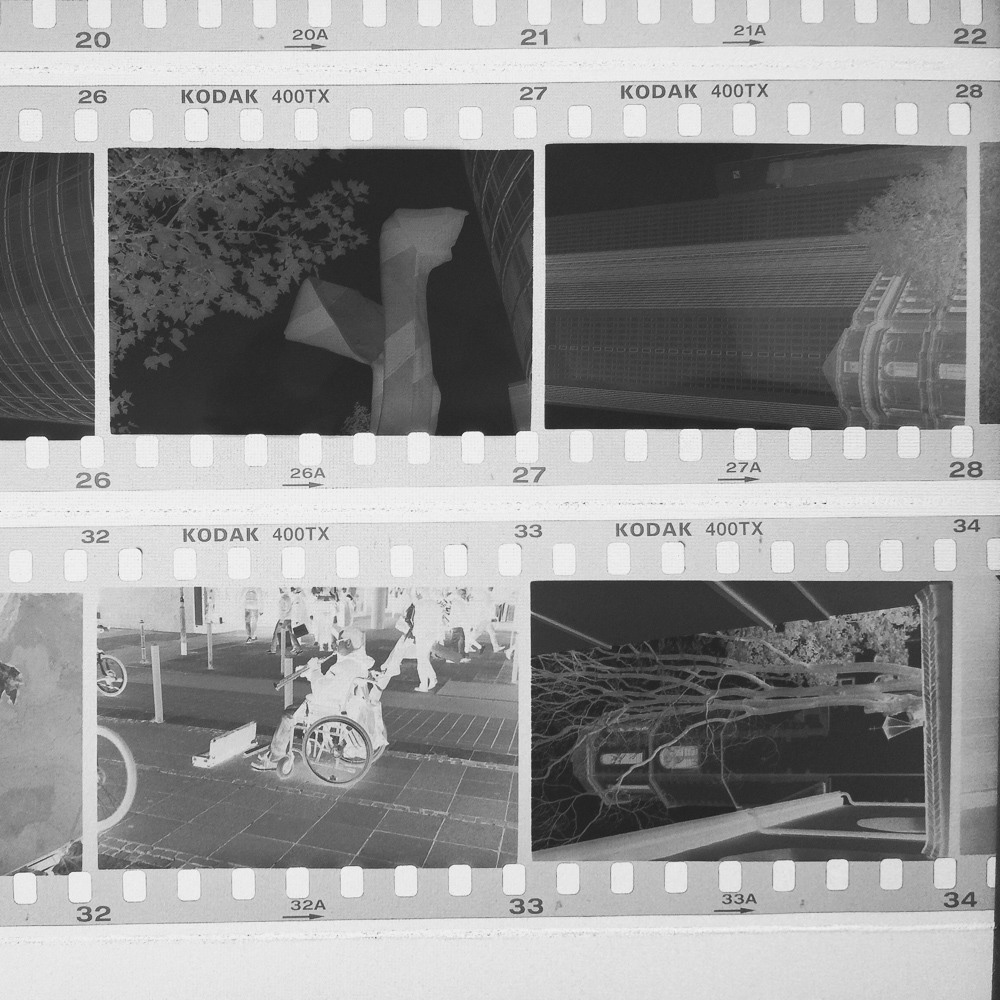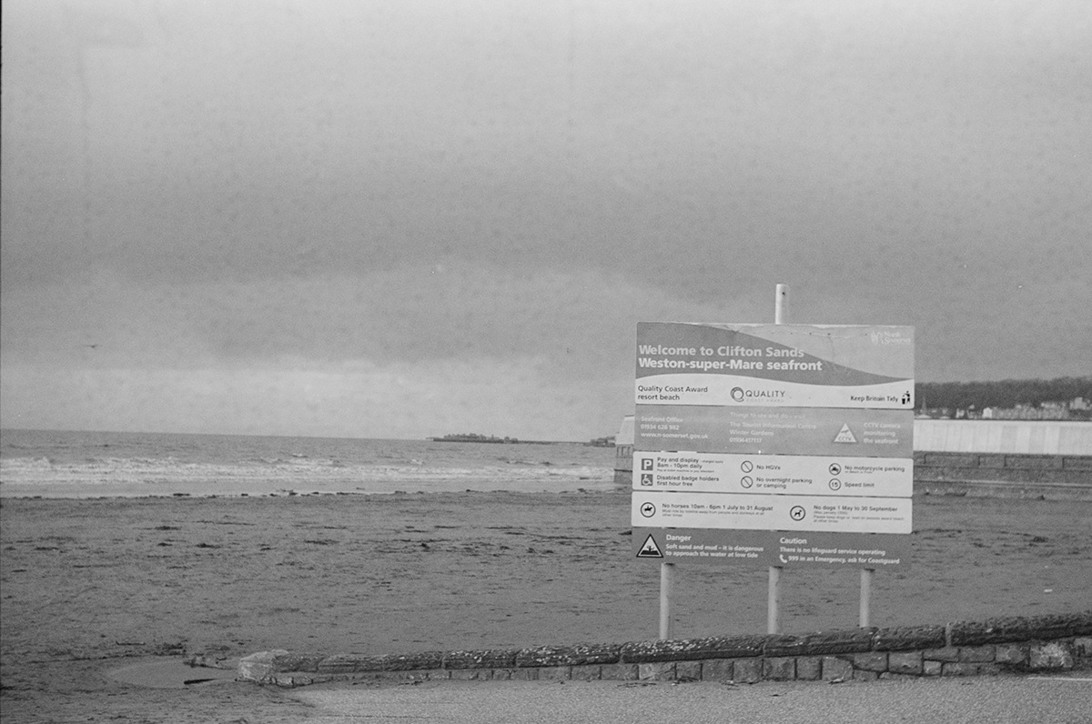Search the Community
Showing results for tags 'negative'.
-
Cinestill CS Negs Basically presets combination, im used to NLP… but sometimes im away from my laptop for a while.. now the ipad might be handy.. but this is far from professional tools.. only more manual adjustments, used in LR mobile i did for fun, here’s ektar
- 10 replies
-
- 6
-

-

-
- negative
- conversion
-
(and 3 more)
Tagged with:
-
Hi! Today I received a batch of negatives which I had processed and scanned at a dedicated b/w lab. Usually I do the scanning myself, but this time I needed some quick results to check the technical validity of some vintage cameras and I had little spare time available. These scans are low res jpeg and only substitute for contacts. I am thinking of re-entering the dark abodes of home-developing, especially after reviewing the result that I want to query this forum about. Seven rolls of TriX, TMax and HP5 from diffeent cameras (M3, IIIf, M7) came out fine, but one roll of film (TMax) from a 1934 IID shows peculiar scratches not typical of ones that I have seen or produced myself before. Since this is the only roll of film from this newly acquired camera that I have available (it is currently away for a focusing CLA), I would be particularly interested in whether it is a problem that might be related to the camera or whether it is related to film handling pre/during/post development, which I find more likely. Since I bought the camera from a respected dealer, he should be noticed of any problems soon as possible. The scratches start at #25 and continue until #36A, where the scratch line tapers off into the perforation. It is not a strictly parallel scratch like ones I have seen from damaged back plates or sloppy enveloping/ rolling and it is not continuous for all the way. I will post three example images. I hope diagnosis can be made from forum resolution. (1): #29, Inadvertent picture of my lens cap (idiot me ) (2): #32, Oyster bed, 300 million years old, today grounding a cottage, situated 600 Km from the nearest shoreline (3): #35, Casino, Wiesbaden, Germany Has anybody seen a scratch configuration like this before? Thanks! Kind regards, Mathias EDIT: By the way, the scratches are on the emulsion side.
-

Misaligned images on II(D) negatives
schattenundlicht posted a topic in Leica Collectors & Historica
Could anybody comment on possible causes/ remedies for what I see on all films from a newly acquired 1932 II (D)? The film is exposed into the lower (in camera upper) sprocket holes and the image is slightly misrotated. This happened on all films so far. I cut all film leaders with my template as usual. I did not encounter any problems while loading. I did exactly according to the old Leica instructions (as I always do with my other LTMs). Any suggestions? Thanks! Mathias -
Hi Everyone I've just got a film back from a develop and scan, with apparent processing problems - I wondered if those with more experience might tell me what I'm looking at - are these drying marks on the negative, or a (Noritsu) scanner problem? If the problem is that the negs haven't been dried correctly and marks are showing during the scan, is there any way of getting the marks off the negatives ? Thanks in advance for your comments (for info camera is 11f Red Dial in great condition, 3,5 Red Scale Elmar the same, Fison hood in place, film is XP2 C41 processed)
-
I am successfully developing at home C-41 color negative (and XP2 B&W) and E-6 based slide films using the Arista development packs. After I started recently working with the E-6 process, a few differences compared to C-41 became obvious to me regarding the recommended steps in the development procedures: 1. E-6 requires washing with water between first developer and color developer, and then afterwards before adding Blix. C-41 has no water wash in between developer and Blix addition - why? Would it be better to add a washing step in the C-41 process similar to the E-6 process to avoid contamination of Blix and stop the developer? Or is there a reason that this shouldn't be done? 2. E-6 has no final stabilizer wash as it is done in the C-41 process. I understood from earlier discussions in this forum that the stabilizer acts to preserve the color negative - any specific reason why this is not needed with slide film? 3. Is there a difference in oxidation stability of the developer used in C-41 and the two developers used in E-6? Are both color developers in C-41 and E-6 the same?








